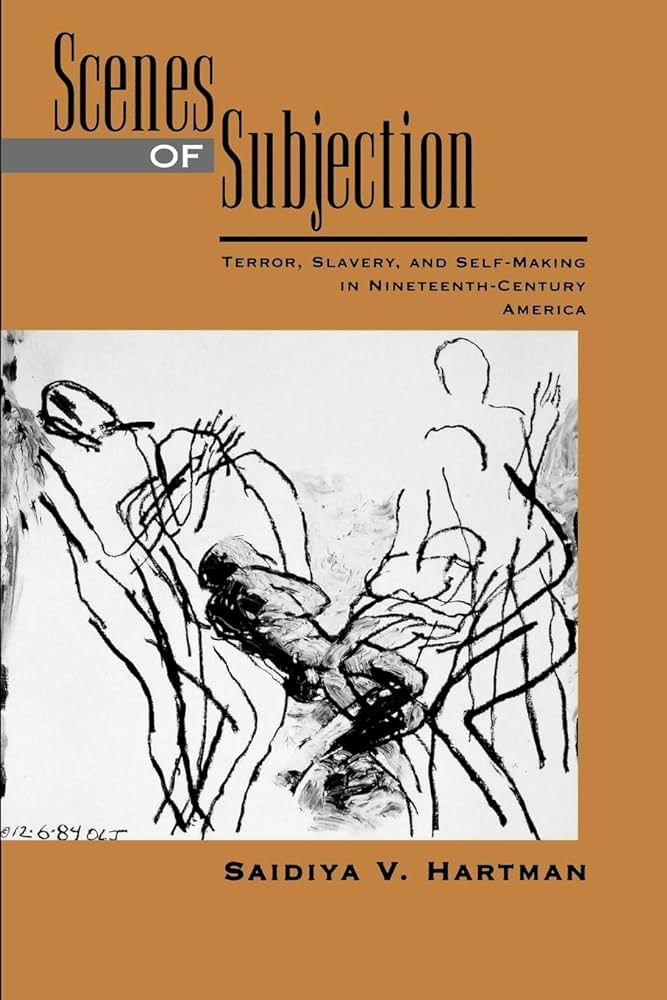Mid-twentieth-century racial liberalism held the assumption that the central problem in the United States was that of exclusion, as opposed to extraction, accumulation, and dispossession. In other words, the racial liberals assumed that the inclusion of Black Americans into the American mainstream would produce a large Black middle class. While it is undoubtedly true that some portions of Black Americans were incorporated into the mainstream of American society, different modes of inclusion also included new opportunities for economic exploitation, dispossession, and extraction from African Americans as well. It was a well-rehearsed pattern, even if, in different eras, different intentions motivated the rhetoric of inclusion. For example, after Emancipation, the inclusion of African Americans into contract-making—a document joining together parties based on their own will and volition—created new opportunities not only for autonomy but also for new forms of coercion as the élite of the white South raced to reconstitute their labor force under conditions as close to slavery as they could legally finagle.
The absence of self-determination afforded to freedpeople meant that, even when they were formally accepted into the body politic or civic society, inclusion existed within a web of coercive inducements masquerading as sovereign individualism. Capitalist societies like the United States proselytized the virtues of autonomy and self-possession, while simultaneously organizing an economic order that impaired unfettered access to rights, property, and other forms of wealth and possession. As Hartman points out, after slavery, there were two freedoms in the United States: freedom from bondage and the freedom to starve. Freedoms correlated with the market produced enormous wealth and power for some, but immiserating poverty for others, and in the process, undermined the autonomy, liberty, and self-possession of the poor and working classes. Part I of “Scenes” is dedicated to interrogating the ways that the Black subject is constructed and how this construction contributes to their marginalization in the aftermath of slavery. The insistence that Black freedpeople could simply slip into the garments of American citizenship with no trace of the “badges and incidents” of slavery obscured the ways that slavery, race, and racism marked the Black body and ignored how those etchings placed the Black subject outside of the legal frameworks that had been built for white men. With no punishment by the nineteenth century for the rape or murder of the enslaved, Black women, men, and children were effectively excluded from the liberal framework of personhood and all its attendant rights and responsibilities.
